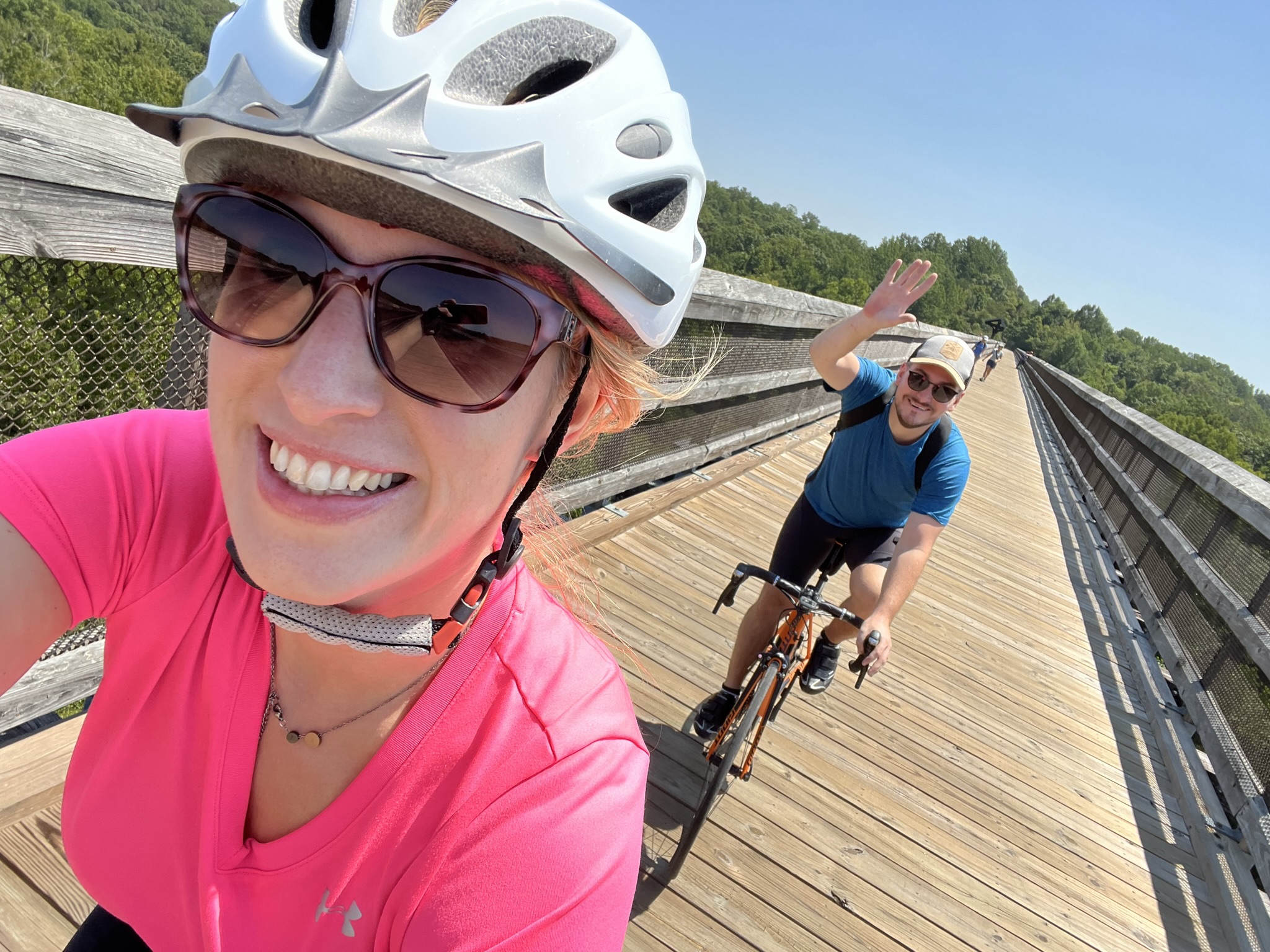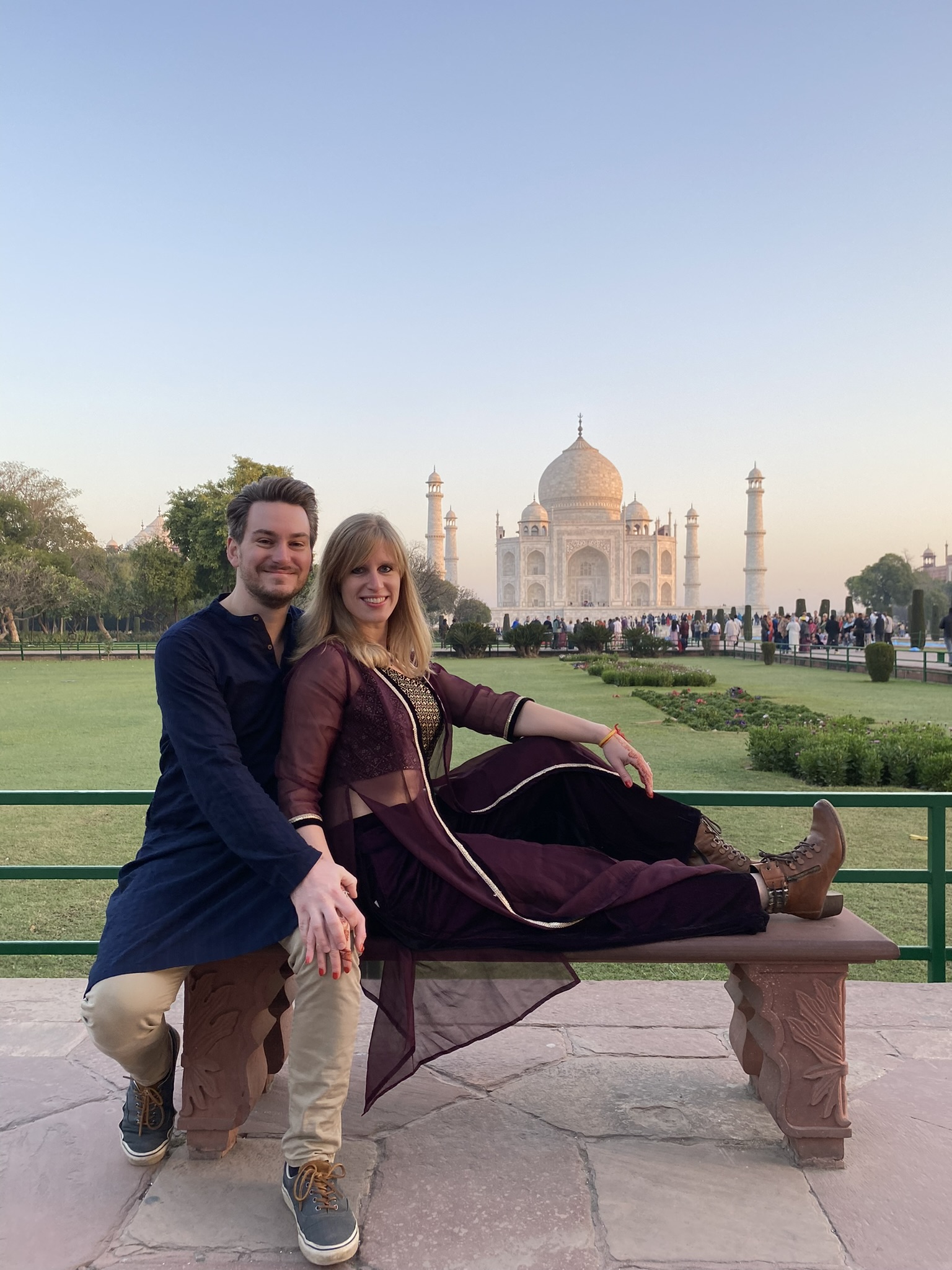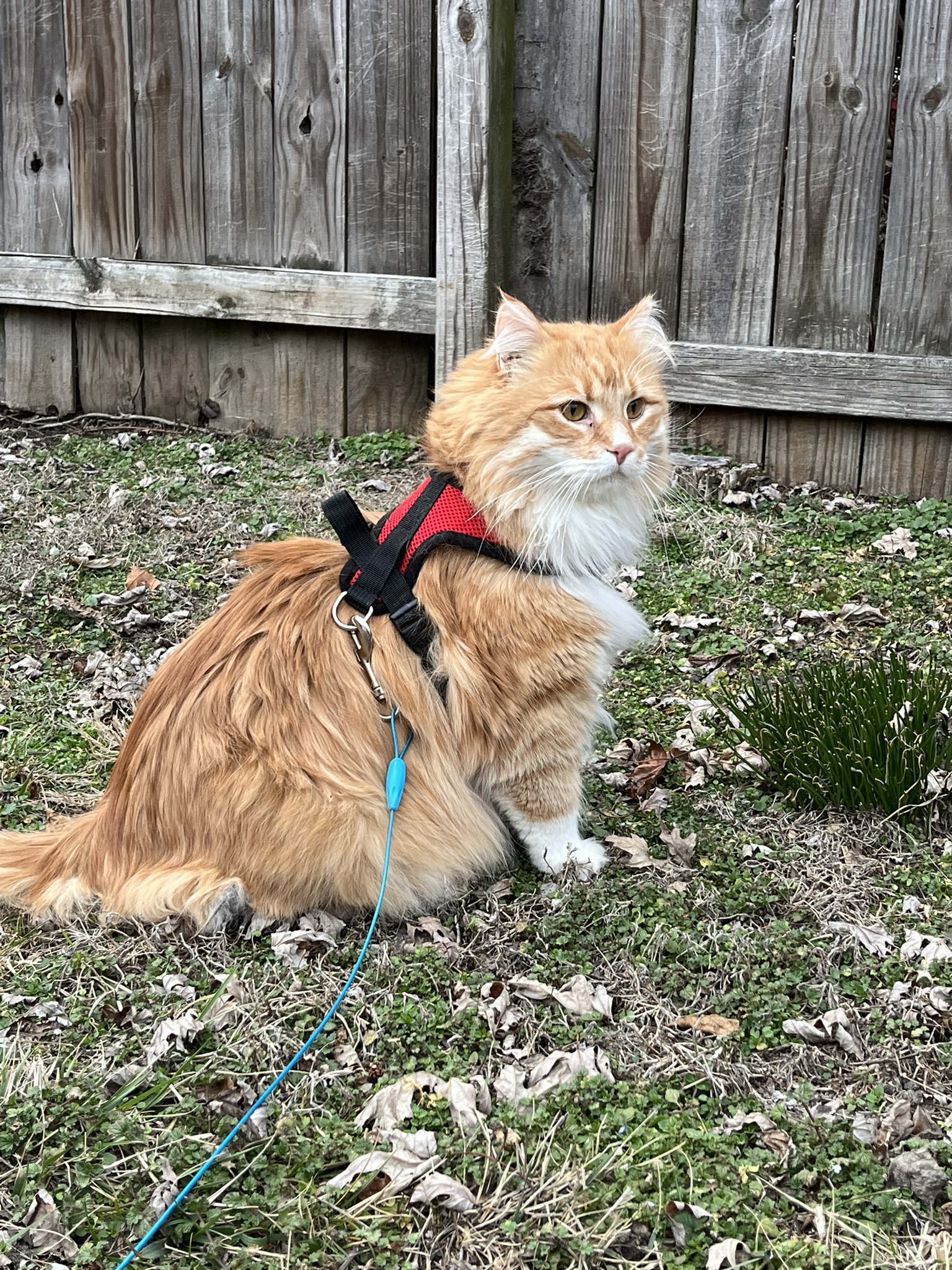February 21, 2024
Meet Naomi Dirckx, PhD
Orthopaedic Research Faculty
Where are you from? 
I’m from a little farmers village called Meeswijk on the very east part of Belgium. It is situated along the banks of the river called the Maas, which also defines the border with the Netherlands. It’s very calm and peaceful with beautiful nature along the riverbanks. It attracts a lot of tourists in the summer that love to hike and bike and take breaks in the picturesque villages for the traditional coffee and pie...a ritual that I love to pick up again every time I visit!
What made you choose orthopedics as a research specialty?
The decision to pursue orthopedics as my research specialty stemmed from a combination of factors, but it primarily originated from my fascination with limb development. Unsure of which specific topic to explore, I embarked on a rotation and master's thesis in the laboratory of Dr. Christa Maes. There, I delved into investigating the role of hypoxia in osteoblast cell migration during limb development.
During my research, I discovered a significant metabolic phenotype in my mouse model, which piqued my interest further and provided the foundation of my PhD work. This discovery led me down a path of exploring osteoblast bioenergetics and its implications on bone formation and systemic energy homeostasis. The intricate relationship between cellular metabolism and bone health became increasingly intriguing to me, fueling my passion for orthopedic research.
What brought you to Washington University Orthopedics?
The esteemed reputation of WashU Orthopedic Research, the opportunity to collaborate with top-tier investigators, and the deeply collaborative atmosphere were the primary factors that attracted me to WashU. What I truly felt during my interviews and visits here was the sense of community in the department. I feel incredibly supported by everyone here, and that support will play a pivotal role in my growth and success. Before my interview, I never visited St. Louis and I was a little scared of moving to the Midwest. However, during the short time that we are here, I've discovered numerous reasons to cherish this city. I feel that WashU Orthopedics and St. Louis have all the aspects to truly become my home, and I am proud to be a part of this vibrant community.
What are your research interests?
Citrate! I think we still don’t really understand all the processes involved in bone mineralization and how we can use these processes to promote bone quality in metabolic bone diseases, like for example in diabetes or osteoporosis. Therefore, my lab will focus on the role of citrate and its plasma membrane transporter SLC13A5 in bone mineralization since citrate, an import metabolite in the TCA cycle, is assumed to be a structural component of hydroxyapatite and could therefore be an important modulator of the mechanical properties of bone defining its structure and strength. To investigate this I will study mineral formation and structure in Slc13a5 deficient mouse models as well as in human induced pluripotent stem cells derived from patients with loss-of-function (LOF) mutations in the SLC13A5 gene.
Intriguingly, we also found that Slc13a5 expression on osteoblasts is regulated by the calciotropic hormone PTH, which suggests a coupling between skeletal citrate partitioning and calcium homeostasis. Since bone mass deterioration, impairment of mineral homeostasis and disturbed signaling of calciotropic hormones are often associated with hypocitraturia and chronic kidney disease with kidney stones, I believe that targeting SLC13A5 could be a step forward in understanding systemic mineral diseases and development of treatment. This hypothesis forms another pillar of my current work, which was funded by an NIH K99/R00 Career Development Award.
I also became intrigued why, next to tooth mineralization problems, patients with SLC13A5 LOF mutations develop epilepsy immediately after birth. Using the knowledge from our metabolomics studies in osteoblasts, I believe that these mutations cause seizures by disrupting the balance of nutrient trafficking (e.g. citrate and glutamine) between neurons and supportive brain cells such as astrocytes, leading to defective production of energy and reduced availability of carbon skeletons needed for the synthesis of neurotransmitters. I was recently awarded with a CURE epilepsy partnership grant to elucidate this mechanism and bring more insights in treatment development for this rare disease.

What do you find most rewarding about your research?
The most rewarding aspect of my work is to have the opportunity to contribute to new knowledge in the field. The process of uncovering new insights, solving complex problems, and advancing scientific understanding can be intellectually stimulating and fulfilling. As a basic research scientist I often felt a big gap between what I was doing and what the field needs. However, since I’m working with a patient advocacy organization (TESS Research Foundation), and met patients with SLC13A5 disease, I feel that my work is not just an interesting topic to investigate, but it really matters!
I also love the collaborative nature of research that allows me to connect with colleagues from diverse backgrounds and disciplines, fostering a sense of community and shared purpose. I find that building relationships with fellow researchers and collaborating on projects can be deeply rewarding, both personally and professionally.
How does your work translate to patient care?
Firstly, it will help understanding the mineralization deficit in bones and teeth of rare disease patients with SLC13A5 LOF mutations. Secondly it will also shed light on the role of SLC13A5 in human bone mineralization more in general. For both purposes, understanding the metabolic pathway downstream of SLC13A5 is crucial and targeting SLC13A5 or one of the downstream major players could be key to manipulate osteogenic citrate deposition in minerals in order to obtain the most favorable mineral citration and consequent mineral properties. In SLC13A5 disease it is evident that SLC13A5 deficiency leads to hypomineralization.
However, the role of SLC13A5 in osteoporosis in the general population remains to be elucidated. Intriguingly, while disrupting this pathway impairs bone mineralization in young mice, we recently found that New Mendelian randomization analysis using UK Biobank data indicated that SNPs linked to reduced SLC13A5 function lowered osteoporosis risk in human participants. Comparative studies of young and middle-aged osteoblast-specific Slc13a5 knockout mice showed a sexual dimorphism: while middle-aged females exhibited improved elasticity, middle-aged males demonstrated enhanced bone strength due to reduced SLC13A5 function. These findings suggest that reduced SLC13A5 function could attenuate age-related bone fragility, advocating for SLC13A5 inhibition as a potential osteoporosis treatment.
Therefore the next step is investigating why there is a differential effect of SLC13A5 inhibition on mineralization in young versus old individuals. With our studies we really want to focus on bone material properties, mediated by citrate, in the pursuit of bone anabolic therapies (instead of merely bone mass).
What's the best advice you've ever received? 
When you make your planning for the day, always leave room for chaos!
What's your favorite thing to do outside of work?
My husband and I are very outdoorsy people so we love to go on hikes and do camping (read: “glamping”) trips! We also enjoy traveling, good food and music. I also really enjoy dancing so I’d love to pick that up again in St. Louis!
If you weren't a scientist, what would you do instead?
This is always a tough question as from a very young age onward I knew I wanted to do something with science. So I guess if I need to pick something else it would be anything else related to health sciences or medicine. If I really need to choose something totally unrelated I would like to go with owning a cute little coffee place with homemade cakes and pastries (which I love to bake)!
Anything else you'd like to share?
Although my husband and I originate from villages that are only a one-hour drive apart, we met each other and fell in love in Baltimore!
We have a very cute and fluffy cat named Hoover. On our drive from Baltimore to St. Louis he also proved to be the perfect road trip buddy!
Learn why patient's choose Washington University Orthopedics, request an appointment online or call (314) 514-3500.